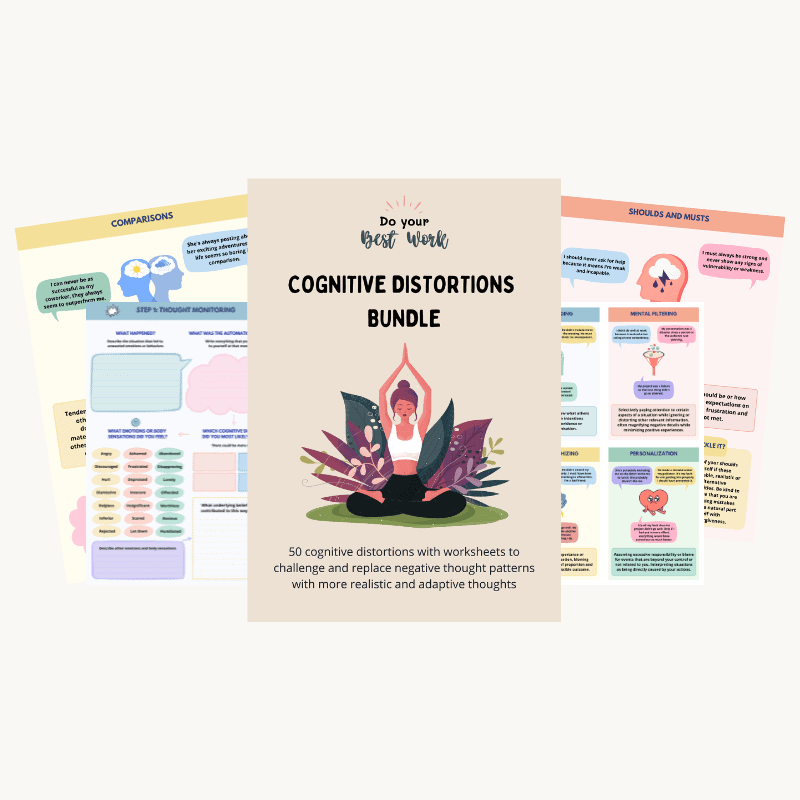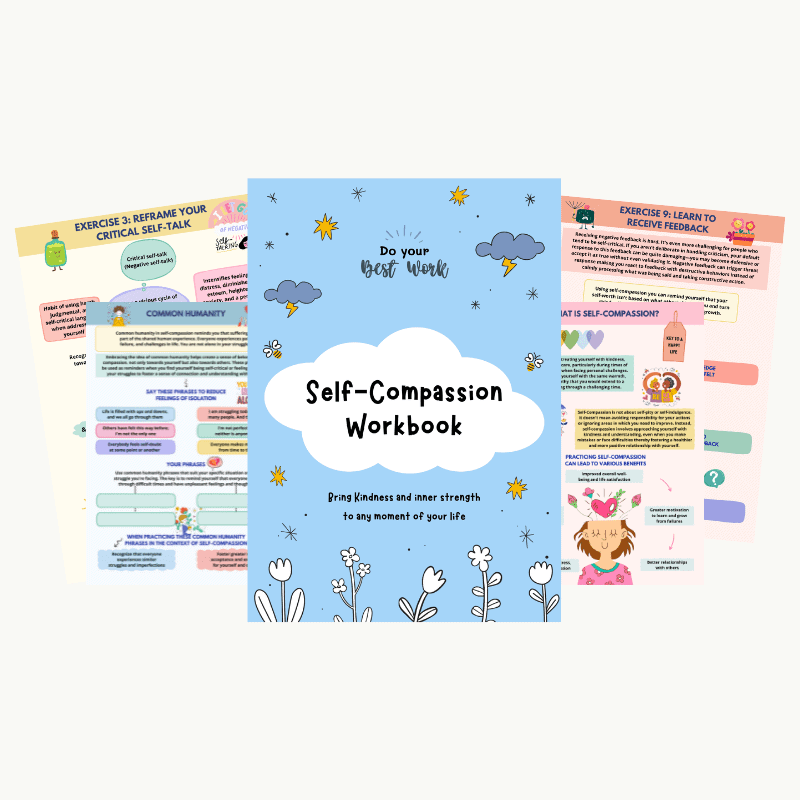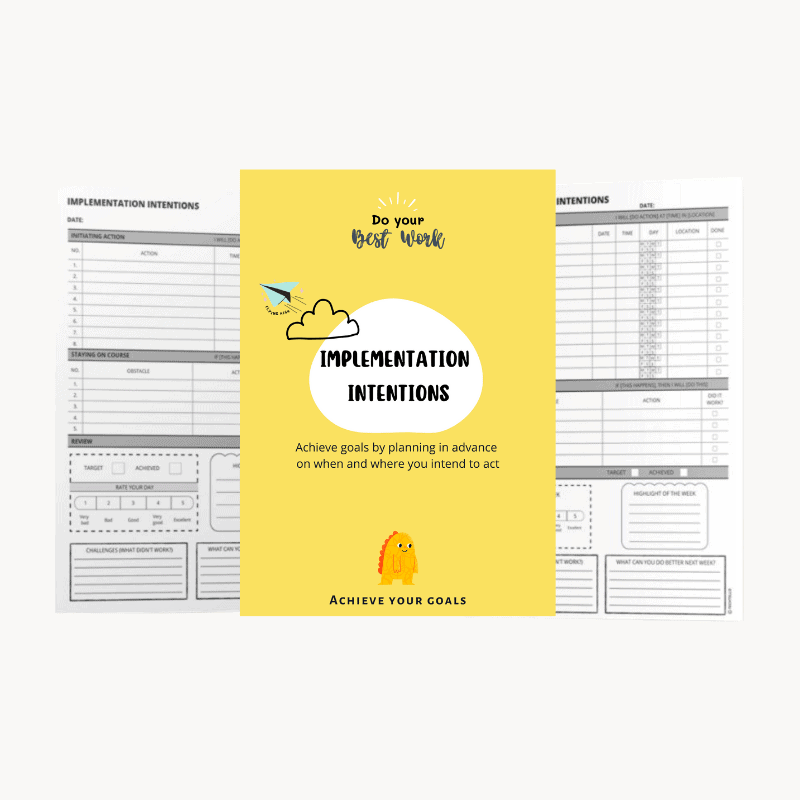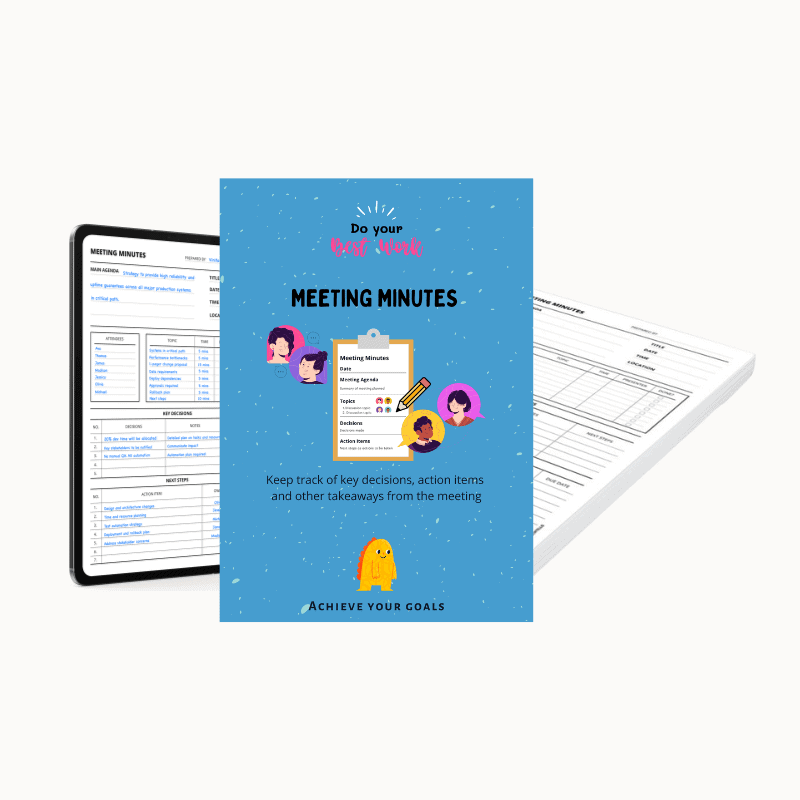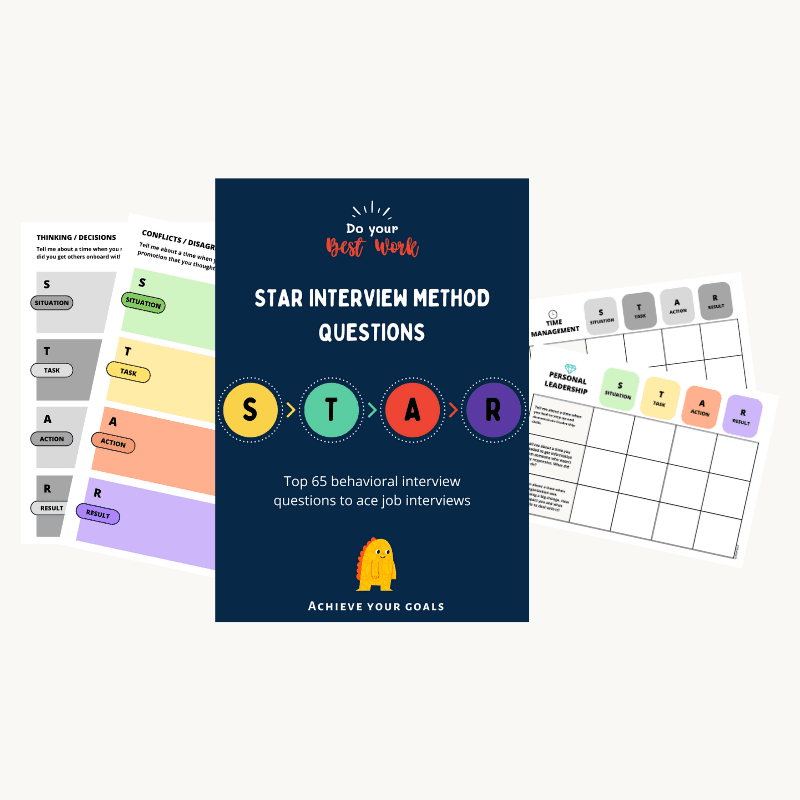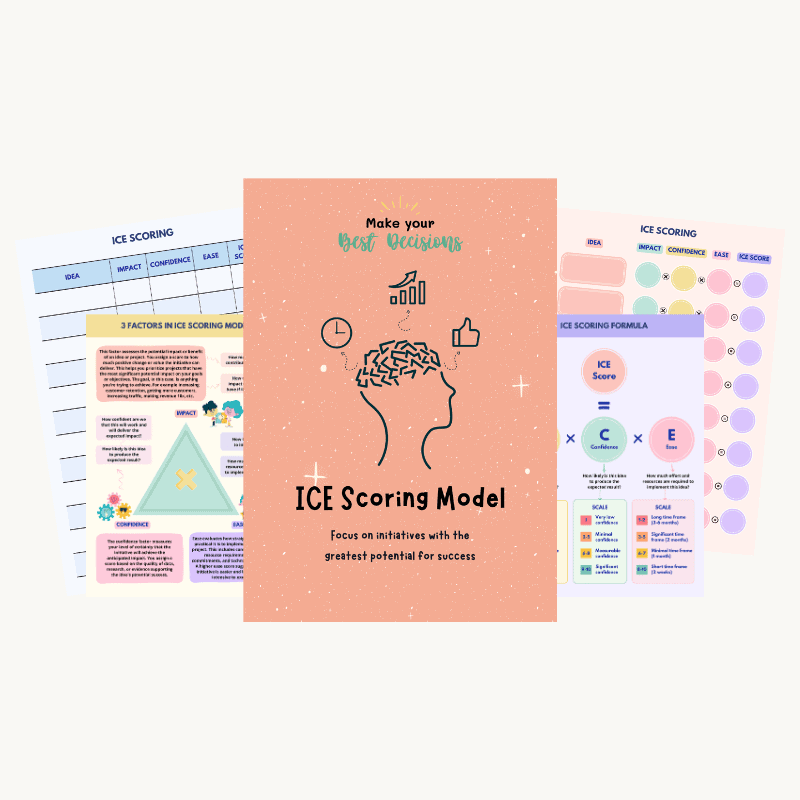5 Practices to Cultivate Mental Agility and Thrive in Uncertainty
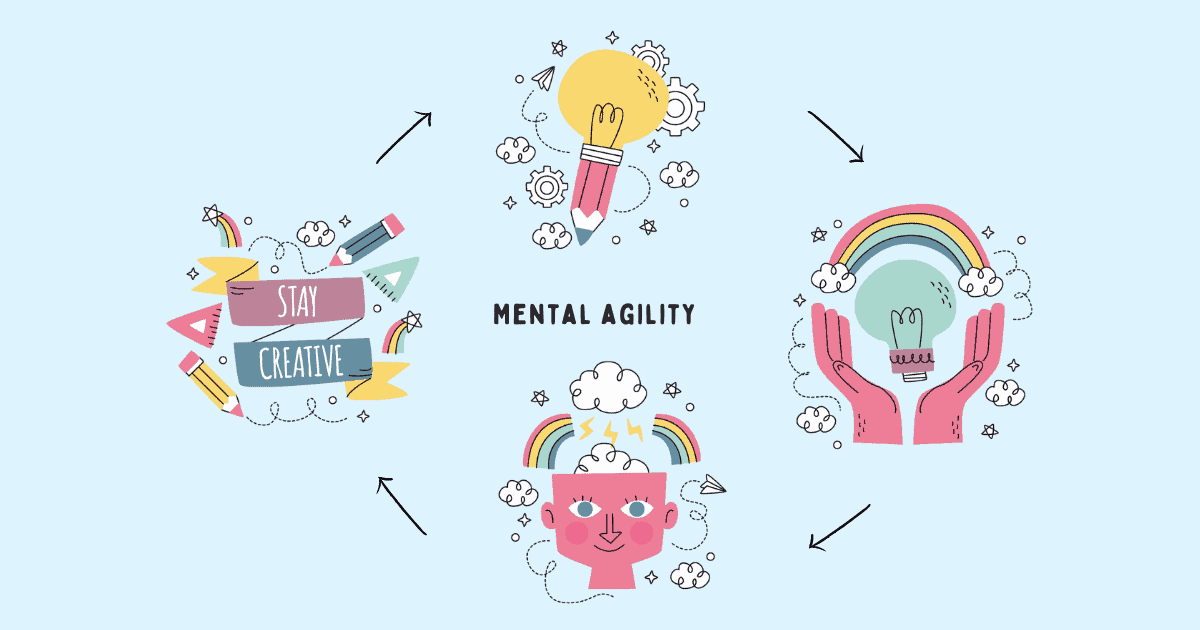
How do you deal with uncertainty? How do you handle unexpected events? How do you react to change? Do you panic and avoid dealing with the situation or do you look at the situation with curiosity, explore alternative ways to move forward and pivot, if need be?
The ability to think on your feet and solve problems by quickly moving between different ideas is the key to creativity at work. Mental agility makes you confidently step up and solve difficult problems when everyone else is taken aback by an unpredictable situation or an unforeseen circumstance and wondering how to deal with it. Mental agility is necessary to innovate, embrace change, and thrive in the face of uncertainty.
Building mental agility requires radically transforming your thinking for both speed and accuracy. It involves the ability for smarter reasoning by asking meaningful questions, drawing insights and analyzing situations with better mental clarity.
You can’t play out every scenario in your mind and plan for it. You can’t predict everything that might come your way. However, you can learn to think in a flexible way—accept change, find the next best course of action and quickly move forward instead of being stuck in one place.
It is not the strongest or the most intelligent who will survive but those who can best manage change.
— Steve Magness, The Science of Running
Many people mistake mental agility with toxic positivity—they deny their emotions and keep pushing forward no matter what comes their way. Mental agility is not toxic positivity, it is optimism blended with reality.
Your default wiring to fight and resist change makes an unexpected situation feel like a threat. Unless you consciously fight the urge to give in to your emotions, feelings of helplessness that such situations tend to evoke will make you mentally rigid and shut down thinking.
If you want to be present to the needs of a changing workplace and thrive in uncertainty, follow these 5 key practices to achieve gains in performance, develop greater focus, and enhance thinking.
5 practices to build mental agility
Purposefully step outside your comfort zone
When you do things you have always done or the ones that make you comfortable, you give limited opportunities to your brain to grow.
Your brain learns to associate certainty with safety and anything uncertain as a threat. Sitting within the bounds of your comfort zone makes mental agility impossible—how can you think quickly in an unpredictable situation when your mind is engulfed with fear, anxiety and worry?
Pushing yourself to do new things or the ones that make you uncomfortable tunes your brain to accept discomfort as a part of life—you stop seeing change as a threat, become more open to diverse ideas and learn to navigate complexity instead of avoiding it. When your brain is not overwhelmed by strong emotions, it can think clearly. You can move quickly between different ideas and respond to events in a flexible way.
To step outside your comfort zone:
- Challenge yourself to solve hard problems. Seek opportunities that require you to solve problems that you have never solved before.
- Learn something new. It doesn’t even have to be work-related. How about the piano classes, tennis lessons, mastering French or taking cooking classes that you keep putting off?
- Set yourself a difficult goal and work on it consistently. For example: push yourself to exercise for 30 days without a break.
Ultimate Habit Tracker
Use this habit tracker printable template to record your daily, weekly and monthly habits and see how you are progressing.
Real change is difficult at the beginning, but gorgeous at the end. Change begins the moment you get the courage and step outside your comfort zone; change begins at the end of your comfort zone.
— Roy T. Bennett
Your brain loves a challenge and challenging it frequently will keep it mentally agile.
Practice finding multiple answers
When finding a solution to a problem, most of us settle for the first best idea that comes to mind. We hardly take the initiative to explore alternatives or consider other viewpoints. Thinking a certain way or being rigid about your choices limits your brain’s potential to think creatively—if your brain has been trained to think inside a box for too long, it can’t imagine the boundless possibilities.
Mental agility requires building curiosity to seek multiple solutions to a problem, weighing their pros and cons, identifying the best one in the moment, taking action and moving on. Doing this for problems you face on a regular basis makes this process automatic—it becomes a habit. Your brain learns to quickly absorb new information, draw connections between ideas and find the best course of action to move forward.
To get into the habit of finding multiple answers to a problem:
- Challenge yourself to always think of more than one solution to a problem.
- Encourage, invite and show curiosity to hear others points of view.
- Don’t reject an approach just because it seems counterintuitive or different from your approach.
- Use an inversion mental model to think the opposite of what you seek. It will help you uncover issues that you didn’t consider before.
- Shift from scarcity to abundance mindset. Abundance mindset opens your mind to new opportunities by viewing the world with infinite possibilities and unlimited options. When you’re not operating within the confines and constraints of your own limitations, you no longer see the world as a limited pie but view it as an endless ocean where there’s enough for everyone.
To build mental agility, remind yourself that there’s always more than one solution to a problem. Don’t settle till you have exercised enough muscles in your brain and thought hard about the problem.
Cognitive Distortions Bundle
Challenge and replace irrational thoughts with more realistic and adaptive thoughts.
Develop creative thinking skills
Remember all that curiosity you had as a child that annoyed your teachers and parents when you asked too many questions “Why do I have to go to school?” “Why do I have to sleep early when you can be awake till late?” “Why can’t I play video games?” “Why do I have to finish my homework?”
Curiosity and the ability to express that curiosity constructively is a great skill to have even when you’re an adult. It allows you to look at things differently and come up with new solutions to problems. Without curiosity, you accept the status quo and assume things only work a certain way. You can’t be mentally agile if you keep your curiosity hidden and fail to unleash it.
To build creative thinking skills, wake up your curious mind and put it to use:
- Challenge and question assumptions.
- Expand your circle of competence by gaining knowledge from outside your current scope of work. It will enable you to combine various types of information in your head in new and novel ways. For example: meet with other functions within your organization to understand how they operate, what their challenges are and how they make decisions.
- Create mental space for new ideas to kick in. Incorporate thinking time into your calendar.
Mind Map Templates
Work through complex problems, identify correlations, and see the big picture using these mind map worksheets.
Creativity isn’t a switch that’s flicked on or off; it’s a way of seeing, engaging and responding to the world around you.
— Rod Judkins, The Art of Creative Thinking
Curiosity didn’t kill the cat. If you want to be mentally agile, get curious.
Spend mental energy consciously
Have you recently taken notice of how you spend your mental energy? Do you spend more time thinking about things you can’t control or what you can do to make things better? Focusing on events, circumstances and conditions beyond your control makes you feel powerless and helpless—your mind gets busy obsessing about the problem and fails to consider the possibilities.
When encountered with an unpredictable situation, directing your energy towards things you can’t control is easy—you need no effort as your brain is already good at it. By default, it chooses the path of least effort which is to blame it on someone or something else and absolve itself from its responsibility. Shifting your default response to act constructively requires a conscious effort.
Instead of worrying about what you cannot control, shift your energy to what you can create.
— Roy T. Bennett, The Light in the Heart
To spend mental energy productively:
- Start with taking responsibility.
- Identify what’s within your control—even in the most difficult circumstance, there’s always something you can do.
- Take small steps in its direction.
- Learn from your actions, change, adapt and repeat.
When you’re conscious about how you spend your mental energy and tune it to align with more positive habits, you stop wasting time ruminating and shift to action. You build mental agility.
Build a growth mindset
One belief that can often get in the way of building mental agility is the mindset “This is who I am.” “This is how I think.” “I can’t get any better.”
When you believe that your personality is fixed and no amount of effort can change it, you already accept defeat. Carol Dweck, a Stanford psychologist calls it a fixed mindset. As I explain in my book Upgrade Your Mindset, a person with a fixed mindset believes that people are born with special talents and every person has different abilities and intelligence that cannot get better with time, effort, and determination. A growth mindset person on the other hand understands that certain people have special talents and that intelligence varies from person to person, but it’s also something that can be developed and increased with effort and hard work.
Your personality is nothing but a result of this mindset. Fixed mindset prevents you from fulfilling your potential by making you believe that you can’t change over time. Growth mindset on the other hand keeps you learning and growing by giving you the power to shape yourself into the person you wish to become. Research from Carol Dweck and multiple other psychologists has shown that even our deepest psychological traits can change over time with deliberate interventions. With effort and perseverance, you’re no longer limited by who you’re; you can grow into the person you wish to become.
Mental agility is all about being able to adapt in uncertainty, which first and foremost requires the belief that you’re capable of learning, growing and developing.
To build a growth mindset:
- Shift to empowering language that encourages you to act.
- Set learning goals as opposed to performance goals. Performance goals focus on self-validation: performing well to prove that you’re good at what you do. Show that you’re smart, talented, and capable or to outperform other people. Learning goals focus on self-improvement: progress, growth, and gaining mastery. Becoming the best, most capable person you can be, rather than proving that you already are.
- Capitalize on your failures. Treat them as a means to get better instead of considering them as a limitation of your abilities.
- Choose Goldilocks tasks—activities that are neither too easy nor too difficult, just a little over your current abilities. They provide a perfect opportunity to step outside your comfort zone without causing anxiety.
For more strategies on growth mindset, check out my book Upgrade Your Mindset which provides practical strategies to build a growth mindset for life.
Self-Compassion Workbook
Cultivate kindness and strength in the face of difficulty and foster a new, more gentle and loving perspective on your struggles.
Summary
- When dealing with an unpredictable situation, an unexpected change or uncertainty, what do you need to identify the best way to move forward? Mental agility.
- Mental agility enables you to move quickly between different ideas and respond to events in a flexible way.
- To build mental agility, purposefully step outside your comfort zone. It will align your brain to accept discomfort as a part of life instead of avoiding it.
- Instead of limiting your thinking with the first solution that comes to mind, challenge your brain to seek multiple answers.
- Expand your creative thinking skills by challenging assumptions, gaining knowledge outside your domain and creating mental space for new ideas to kick in.
- Consciously shift your mental energy to things within your control. It stops rumination and leads to action.
- Finally, none of this is possible if you don’t believe in your ability to change. Believe in the power of a growth mindset and practice strategies to get there.


